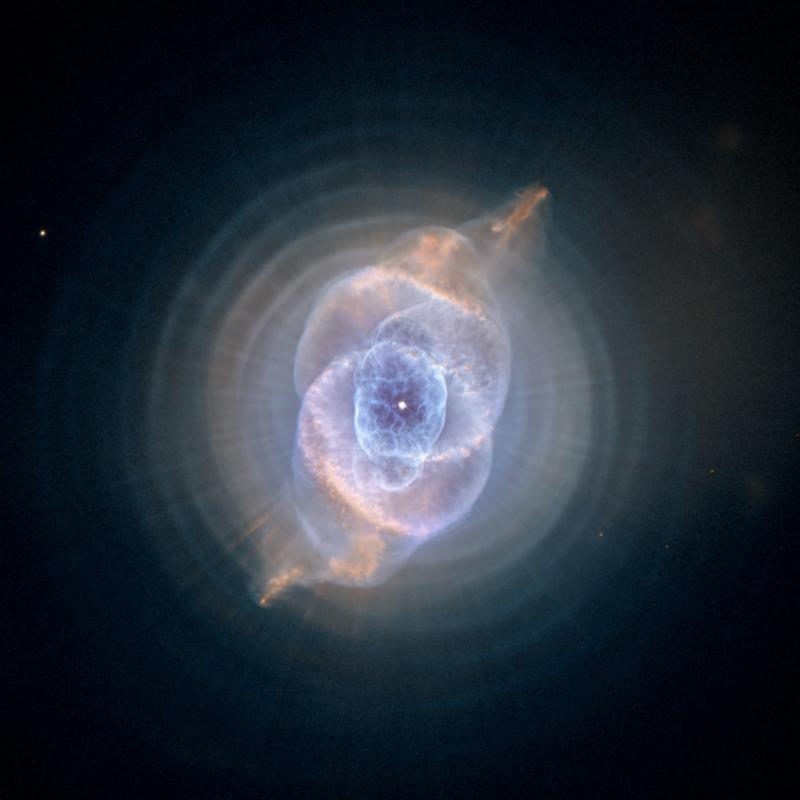Xieite: The First New Mineral With A Post-Spinel Structure
Twenty-two years ago, the Suizhou meteorite broke into 12 pieces and struck the ground near Hubei, China. This meteorite contained a high-pressure chromite-spinel polymorph called xieite, which was recently classified as the first new mineral with a post-spinel structure. The formation of this mineral requires temperatures between 1800 and 1950 °C, and pressures between 18 and 23 GPa. Because of the high temperatures and pressures required to form this mineral, it is believed that this meteorite suffered from a catastrophic collision.
The discovery of xieite was made by an American-Chinese team from the Guangzhou Institute of Geochemistry, Carnegie Institute of Washington, Chinese Academy of Sciences and the Geophysical Laboratory. Xieite was given official mineral status by the International Mineralogical Association’s Commission of New Minerals, Nomenclature and Classification. To be classified as a mineral, a substance must fit into five characterizations: 1) A mineral must be naturally occurring on Earth or somewhere in the Universe, not in a lab; 2) A mineral must be stable at room temperature (with the exception of ice and mercury); 3) A mineral should be inorganic, meaning it contains no C-C double bonds; 4) A mineral must be describable by a chemical formula– in xieite’s case it is Fe2+ Cr2 O4; and 5) A mineral must have an ordered atomic arrangement.
Spinels are a class of isometric minerals with the general formula XY2O4. These minerals are found in the Earth’s upper mantle, starting at the core mantle boundary, or Mohorovicic discontinuity, and down to depths of about 70 km. Any spinel found at greater depths contain high amounts of chromite. If found in the Earth, post-spinel chromite (which is 10% more dense than spinel-chromite) would have to have formed deep in the mantle, at depths of about 500 km.
Because of the high temperatures and pressures required for the formation of xieite, this new mineral could potentially become a useful tool for astronomers and geophysicists. If xieite is found in other asteroids, astronomers can use it to estimate the pressures and forces that have acted on the asteroid during impact. Likewise, if xieite is found in basaltic lava flows, or igneous intrusions, geophysicists can use the mineral to determine what depths in the mantle the magma originated.
Tags: astronomers, geophysicists, spinel polymorph, suizhou meteorite, xieite
